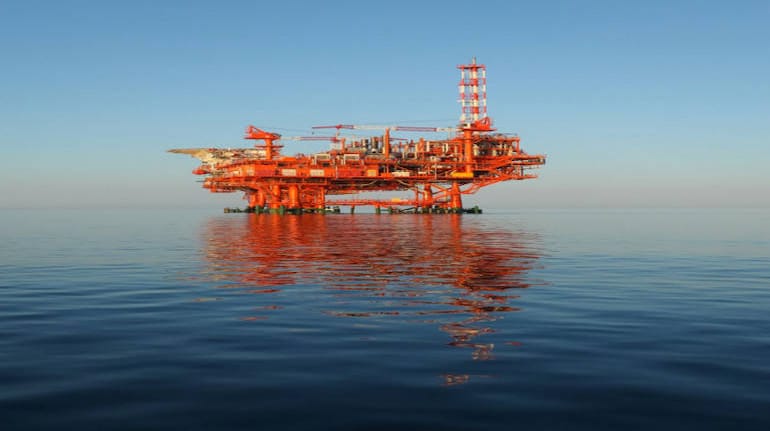



Shishir Asthana
For a long time now, Oil and Natural Gas Corp (ONGC) has been the favourite milking cow for various governments at the centre. ONGC’s cash generation machine has been repeatedly used to meet the fiscal deficit target, the biggest example being for buying the government’s stake in HPCL.
This time around, ONGC is being nudged to list its overseas investment arm – ONGC Videsh (OVL). Though OVL is 100 percent owned by ONGC, the government would like its pound of flesh from the proceeds by way of a special dividend or making the parent company buy back its share.
While getting OVL listed is good for both the parent company as well as the subsidiary, its timing is wrong.
In September, when oil prices were hovering around $80 a barrel OVL’s management felt the timing was not right and wanted to wait till 2022 when their Mozambique and Iran oil comes on stream. Such short-sightedness is now being penalized, with the government asking it to get listed at a time when oil is ruling around $56 a barrel.
OVL has investments in 11 producing assets in countries including Russia, Brazil, United Arab Emirates, Sudan and Venezuela and stakes in 41 oil and gas assets in 20 countries. It produces the oil equivalent of 26.2 percent of India’s output and holds reserves of 711.362 million tonnes of oil and oil equivalent gas as on April 1, 2018, as compared to 1136.73 million tonnes for the parent company.
Within the ONGC oil and gas division, OVL is the workhorse. Between FY14 and FY18, ONGC’s standalone production of oil and oil equivalent barely increased from 45.53 million tonnes to 45.79 million tonnes while OVL posted growth from 8.36 million tonnes to 14.16 million tonnes.
Since OVL is not listed and does not have to disclose its quarterly financial numbers analysts have been cautious in their valuation for the company. OVL is being valued at 15 percent of ONGC market capitalisation, which is roughly equal to around Rs 29,000 crore or $4.36 billion. Ironically, OVL has made foreign investments of $28 billion which corresponds to ONGC’s market capitalisation.
OVL has posted its highest ever production of 14.16 million tonnes of oil equivalent and has seen 15 percent growth in production annually for the last five years, with some of its biggest investments yet to go on stream.
OVL listing will not only make the company more transparent in its financial disclosure but will give it more leg room to raise money on its own. Currently, OVL has to depend on ONGC’s financial support.
However, investors who want to play the oil story may prefer OVL as a faster growing, pure oil play than OVL’s slower-growing parent ONGC, which is being given holding company valuation.
As for the government, they will have one more milch cow in their stable.
Discover the latest Business News, Sensex, and Nifty updates. Obtain Personal Finance insights, tax queries, and expert opinions on Moneycontrol or download the Moneycontrol App to stay updated!
Find the best of Al News in one place, specially curated for you every weekend.
Stay on top of the latest tech trends and biggest startup news.